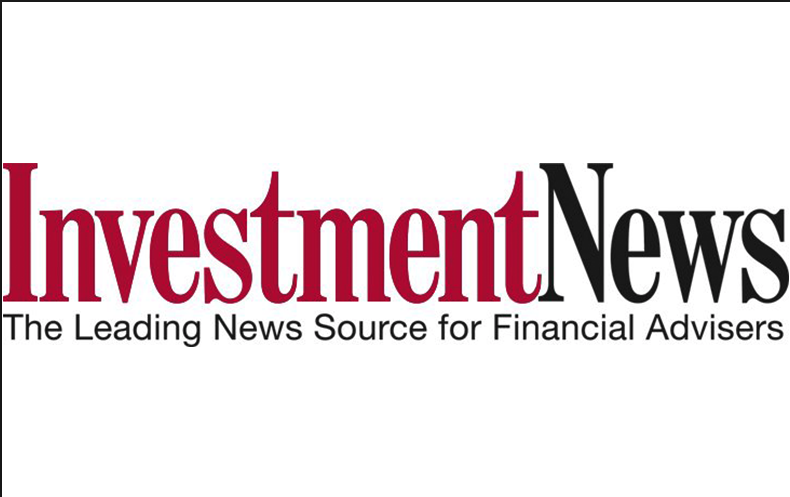The Internet has become a popular way for employers to provide 401(k) plan investment education to employees, a new survey shows.
Nearly two-thirds, or 62%, of employers surveyed by benefit consultant Hewitt Associates LLC say they used the Internet for 401(k) plan employee investment education in 1999, up from just 20% in 1997.
"Employers are finding that the self-service model works well. Participants are really making use of the Internet, finding it a user-friendly way to get answers," says Lori Lucas, a Hewitt consultant in Lincolnshire, Ill.
The vast majority of surveyed employers say the Internet is nearly as effective as traditional communication approaches for communicating investment concepts to employees. Ninety-two percent of employers rated the Internet as either "very effective" or "somewhat effective" in communicating investment concepts. That percentage was just behind seminars and workshops, rated as very or somewhat effective by 96% of respondents, and written materials, rated as very or somewhat effective by 95% of surveyed employers.
The Internet's effectiveness ranked higher than financial help lines, judged very effective or somewhat effective by 86% of employers, and video tapes, ranked very or somewhat effective by 84% of respondents.
The new Hewitt 401(k) survey is based on the responses of 491 employers.
27 point increase
According to that survey, more employers are providing 401(k) plan investment education to employees. Last year, 86% of employers said they provided investment education to 401(k) plan participants, up from the 59% Hewitt found in a 1997 survey.
One possible reason for the increase in investment education is that employees have a greater number of investment options. Employers, on average, offered 11 investment options last year, up from an average of eight in 1997.
"As the number of options increases, the level of participant questions also increases," Ms. Lucas says.
At the same time, investment education has become more important as 401(k) plans increasingly replace defined benefit plans. In 401(k) plans, investment decisions are crucial to the size of the benefit employees will receive, whereas defined benefit plans typically base benefits on employees' years of service and salary.
In fact, 41% of surveyed employers last year reported that a 401(k) plan was their primary retirement plan, up from 35% in 1997.
While more employers are offering investment education to 401(k) plan participants, many still are not measuring the success of those programs. Forty-six percent of employers said they have not attempted to measure the success of the programs, while 33% have, and 21% plan to do so in the next year.
Among employers that have attempted to do so, 87% said they used an increase in plan participation as a measure of success, 75% said they used an increase in employee contribution rates, and 69% used greater diversification of employee assets.
According to surveyed employers, the most common investment mistake employees make is investing 401(k) plan contributions too conservatively, although fewer seem to be doing so: 31% of employers said participants invest too conservatively, down from 40% in 1997 and 53% in 1995.
On the other hand, 20% of employers said employees are not adequately diversifying investments, up from 17% in 1997 and 11% in 1995.
Perhaps because of the strong economy, employees are contributing more. On average, rank-and-file employees in 1998 deferred 4.9% of pay to their 401(k) plans, compared to an average deferral of 4.5% in 1996. Highly-paid employees in 1998 deferred 6% of pay to 401(k) plans, up from an average of 5.7%.
Because lower-paid employees are deferring more to their 401(k) plans, fewer plans are having trouble passing the chief non-discrimination test -- known as the actual average deferral percentage test, or ADP.
Under federal law, average deferrals by higher-paid employees generally cannot be greater than average deferrals by lower-paid employees by 200% or 2 percentage points, whichever is less.
Sixty-two percent of employers say they expect their 401(k) plans to pass the ADP test without any adjustment to the contribution elections of higher-paid employees, up from 52% in 1997.







